In order to generate a more inclusive dataset of Pseudomonas genes mapped to putative in-paralogs and putative orthologs in other Pseudomonas species/strains, we developed a Pseudomonas Orthologous Groups classification system.
To generate ortholog groups, pair-wise DIAMOND searches were run on all genomes in the database to find reciprocal best hits (RBHs) for each gene. These analyses often resulted in multiple candidate genes for RBH status, which were narrowed down by examining the similarity between the query's flanking genes and the hit's flanking genes. If two candidate genes were directly adjacent, they where both accepted as RBHs that involve putative in-parology.
Pairwise intra-genome DIAMOND searches were also performed to acquire in-paralog information (i.e. gene duplications occurring after species divergence). If two genes in one genome were reciprocally more similar to each other than to any gene in the other genomes, the two genes were designated putative in-paralogs. Ortholog groups are built by starting with a seed gene and then adding all genes to which there is a RBH or in-paralog relationship.
Every new gene added to an ortholog group was then treated as a seed gene and the addition process was repeated until all qualifying genes had been added. The result was the development of orthologous groups, specifically generated for Pseudomonas species genomes, which can be used to sort search results.
Pseudomonas Ortholog Group POG000080
| Strain | Locus Tag | Description | Same-Strain Members | Fragment ? | |
|---|---|---|---|---|---|
| Pseudomonas sp. CFT9 | CFT9_10021 |
FHA domain protein
|
2 same-strain members: CFT9_10021 CFT9_15472 |
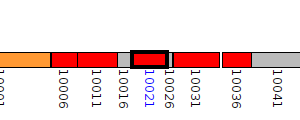
|
|
| Pseudomonas sp. CFT9 | CFT9_15472 |
hypothetical protein
|
2 same-strain members: CFT9_10021 CFT9_15472 |
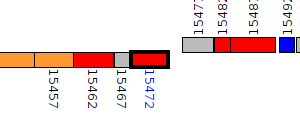
|
|
| Pseudomonas sp. DSM 28140 | TU87_RS20100 |
hypothetical protein
|
1 member |

|
|
| Pseudomonas sp. Eur1 9.41 | CD10_RS0113995 |
type VI secretion protein
|
2 same-strain members: CD10_RS0113995 CD10_RS0126280 |
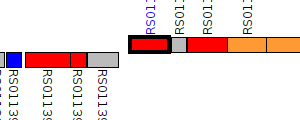
|
|
| Pseudomonas sp. Eur1 9.41 | CD10_RS0126280 |
type VI secretion protein
|
2 same-strain members: CD10_RS0113995 CD10_RS0126280 |
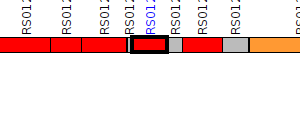
|
|
| Pseudomonas sp. FeS53a | SZ55_RS14940 |
hypothetical protein
|
2 same-strain members: SZ55_RS14940 SZ55_RS22485 |
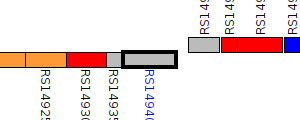
|
|
| Pseudomonas sp. FeS53a | SZ55_RS22485 |
hypothetical protein
|
2 same-strain members: SZ55_RS14940 SZ55_RS22485 |
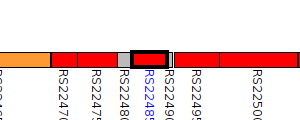
|
|
| Pseudomonas sp. FGI182 | C163_RS20025 |
type VI secretion protein
|
1 member |
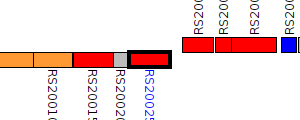
|
|
| Pseudomonas sp. FH4 - Assembly GCF_000510915.2 | H097_RS25260 |
type VI secretion protein
|
1 member |

|
|
| Pseudomonas sp. GM25 | PMI24_02552 |
signal peptide protein
|
1 member |
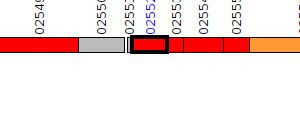
|
|
| Pseudomonas sp. GM30 | PMI25_002358 |
signal peptide protein
|
1 member |
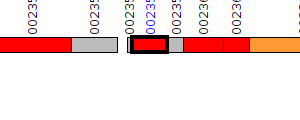
|
|
| Pseudomonas sp. GM41(2012) | PMI27_002794 |
signal peptide protein
|
1 member |
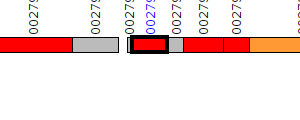
|
|
| Pseudomonas sp. H1h | U862_RS0123695 |
signal peptide protein
|
1 member |

|
|
| Pseudomonas sp. HMP271 | DP64_RS15320 |
hypothetical protein
|
1 member |
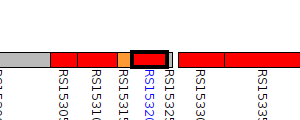
|
|
| Pseudomonas sp. HPB0071 | HMPREF1487_06083 |
type VI secretion system FHA domain-containing protein
|
1 member |
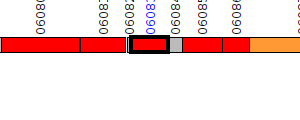
|
|
| Pseudomonas sp. KG01 | ACR52_RS22020 |
type VI secretion protein
|
2 same-strain members: ACR52_RS22020 ACR52_RS10055 |
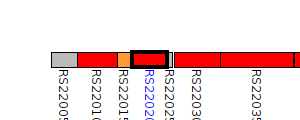
|
|
| Pseudomonas sp. KG01 | ACR52_RS10055 |
type VI secretion protein
|
2 same-strain members: ACR52_RS22020 ACR52_RS10055 |

|
|
| Pseudomonas sp. LAMO17WK12:I2 | D883_RS0129600 |
type VI secretion protein
|
2 same-strain members: D883_RS0129600 D883_RS0131510 |

|
|
| Pseudomonas sp. LAMO17WK12:I2 | D883_RS0131510 |
type VI secretion protein
|
2 same-strain members: D883_RS0129600 D883_RS0131510 |
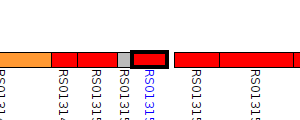
|
|
| Pseudomonas sp. M47T1 | PMM47T1_28296 |
signal peptide protein
|
1 member |
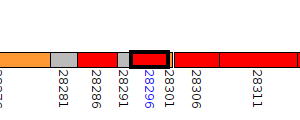
|